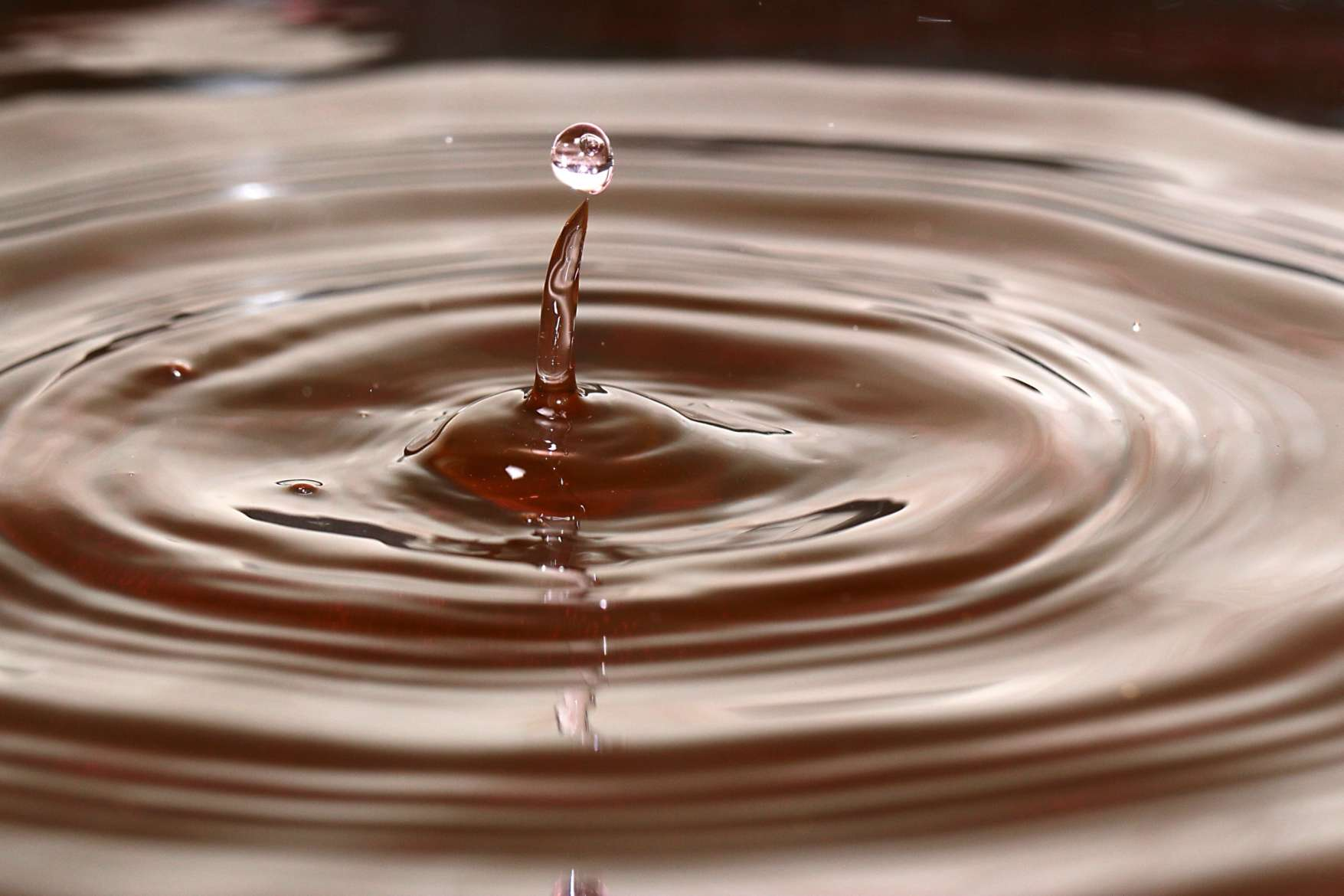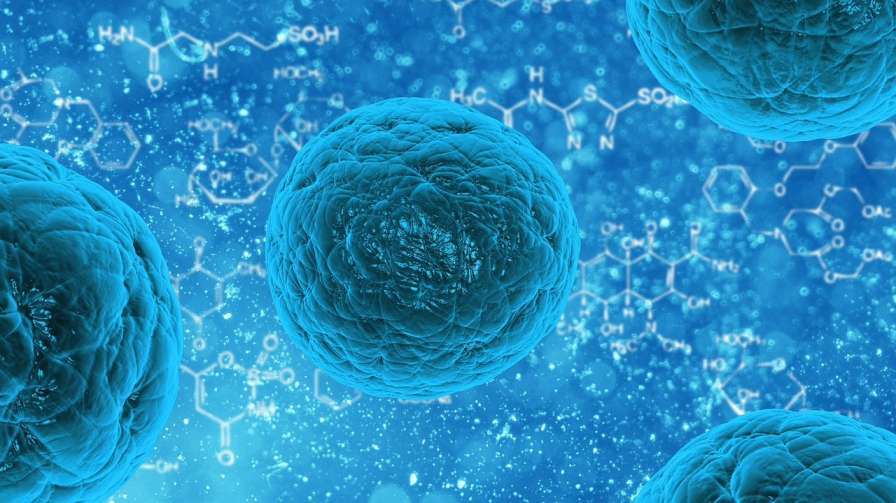Contaminated Drinking Water: An Overview

People are often oblivious to the millions of imperceptible, microscopic organisms living and thriving in the water they drink.
When bacteria found in drinking water result in health problems, it becomes a serious call for concern. After all, safe and clean water is a basic human need —now, is it?
One of the essential concerns for a safe water supply is the transmission of sickness through drinking water. Human diseases such as typhoid, dysentery (or loose bowels), cholera, hepatitis, and giardiasis have been heavily associated with contaminated drinking water caused by human waste.
Bacteria of the most prominent concern in drinking water are those that begin from the stomach of warm-blooded animals. Sources include wildlife, pets, and livestock on ranches, farms, or feedlots.
For example, an old well with a broken casing can inject toxins into the water supply. Pollution issues also emerge from inappropriately planned, fizzling, or overburdened wastewater treatment systems, including septic systems from private homes and sanitary sewer pipes.
Human sources are a specific concern as they incorporate microbes of human origin and may incorporate human pathogens. In another example, floodwater regularly contains high levels of bacteria from various sources. Surface waters regularly contain bacteria.
Groundwater ought to be free from microbes that emerge from animal sources. A legitimate and properly designed plan and development should be developed to safeguard drinking water sources from contamination by surface waters.
Bacteria levels in livestock change according to water use. As such, mature animals are more lenient toward microbes than youthful animals. Water used for cleaning and disinfecting should be of very good quality to forestall diseases and tainting food.
Take note of the following bacteria guidelines for livestock water supplies:
Adult animals
1,000 fecal coliforms per 100 milliliter
Young animals
1 fecal coliform per 100 milliliter
Dairy wash water
1 coliform per 100 milliliter
1.1 Testing Drinking Water For Bacteria
Public water supplies are directed by the Environmental Protection Agency (EPA). The EPA obliges all open water providers to routinely test for bacterial contamination and deliver only water that satisfies the EPA standard for total coliform bacteria in drinking water: zero coliforms per one hundred (100) milliliters of water.
Testing for all potential pathogens would be not too practical and rather costly. Still, it is necessary because total coliform is utilized as a sign of water quality as to microbes since it is regularly tracked down in the environment, responds in the natural environment and to treatment in a way like numerous microorganisms, and is generally simple and cheap to test for.
Be that as it may, a water test testing positive for complete coliform microbes isn't really dangerous for utilization. A water sample testing positive for fecal coliform bacteria shows recent fecal contamination, a sign there is a risk that pathogens are present.
As mentioned above, testing a water supply for disease-causing organisms is very costly. Handling and culturing disease organisms requires extraordinary preparation and equipment.
Likewise, suppose human wastes are debasing the water supply, but the disease organism is absent the day the sample is taken. In that case, the risk of future exposure to the disease is still present.
As an alternative, water supplies are tried as an indicator of human or animal waste — coliform bacteria.
Importantly, you should know that coliforms don't cause infection. They are, be that as it may, consistently present in the stomach-related and digestive systems of humans and animals and can be tracked down in their wastes. Coliforms are likewise present in the soil, dirt, and plant material.
If, by chance, a water supply is found to contain coliform microorganisms, it could be tainted by sewage or manure, and there is a risk of exposure to waterborne disease. The test for coliform microscopic organisms is generally cheap (typically around $6 to $15 per test) and simple to perform.
Lastly, extra tests should be performed to determine whether the bacteria is from human or animal waste. Coliform bacteria could also emerge from normal sources like soil or decaying vegetation. Some coliform bacteria are present only in fecal material, called fecal coliforms.
Moreover, these microorganisms demonstrate the presence of human or animal waste. On the other hand, certified commercial, city/area health offices, and state health division laboratories might perform bacterial testing for private water supplies.
Private water supply users can have their water tested by a state-confirmed laboratory. Depending on the technique, water test results might be accounted for as "present or absent" or as a number indicating whether microorganisms were detected.
1.2 Collecting and Handling Water Samples
Proper collection and handling of a water sample are essential for a legitimate water test. Sample containers should always be obtained from the testing laboratory since they might be uniquely prepared for a particular contaminant.
The methods for inspecting and treating water will depend on the particular water quality concern and should be followed cautiously. If the water is being treated, testing both could be a prerequisite when it passes through the treatment equipment.
Water samples for bacteria tests should be continuously gathered in a sterile compartment in bacteria sampling. Take the sample from an inside fixture with the aerator eliminated.
Sanitize by blazing the finish of the tap with a dispensable butane lighter. Run the water for two minutes to clear the water lines and get new water. Try not to contact or debase within the container or cap.
Cautiously open the example compartment and hold it beyond the cap. Fill the holder to the line to permit blending and supplant the top.
After this, refrigerate the sample and transport it to the testing research center for around a day and a half (ideally in a fridge). Numerous labs, including the state Health Department, won't receive bacteria samples on Friday or before a vacation, so look at the lab's timetable schedule.
Furthermore, iron bacteria shape a plain to see sludge within pipes and fixtures. A water test isn't required for recognizable proof. Instead, you should check for ruddy, earthy-colored ooze inside a latrine tank or where water stays for a few days.
1.3 Dealing with Bacterial Contamination in Water
To begin with, don't overreact or panic. Bacterial contamination, no matter how nasty it sounds, is extremely normal. Investigations have discovered that more than forty percent (40%) of private water supplies are defiled with coliform bacteria.
Spring water supplies are the most often sullied, with more than seventy percent (70%) containing coliform bacteria. If the stockpile is sullied with microorganisms, further developing the protection of a well or spring from the surface water inflow is a significant choice to consider.
It is vital to recall that the groundwater isn't sullied in these cases; rather, the well is acting to pipe pollutants into the groundwater.
Moreover, a well-protected well is confirmed by the good packaging reaching out over the outer layer of the ground and the ground inclining away from the well to prevent water from gathering around it.
In addition, an appropriately safeguarded spring is grown underground, and the water is diverted to a fixed spring box—it should never be presented to the ground surface.
A clean water supply requires keeping the pipes and plumbing system clean. The whole water system should be thoroughly cleaned with chlorine whenever work is performed on the pipes or pump.
Hauling the pump out of the well, setting it on the grass to chip away at it, and returning it to the well can contaminate it with bacteria.
The strategy for cleaning and disinfecting a well or spring with chlorine is called shock chlorination. It utilizes centralization of chlorine from fifty (50) to two hundred (200) milligrams per liter.
This is a hundred (100) to four hundred (400) times how much chlorine is found in city water. The exceptionally chlorinated water is held in the lines for twelve (12) to twenty-four (24) hours before it is flushed out, and the framework is fit to be utilized once more.
Periodical shock chlorination likewise might be successful in decreasing an iron bacteria issue. How much chlorine is expected to shock chlorinate water is set in stone by how much water remains in the well.
The Harmful Bacteria Found in Your Drinking Water

Bacteria are regularly single-celled organisms and are a natural part of water. But before we get in-depth with the seven kinds of bacteria present in water, it is important to first know the two main groups of bacteria found in tap water, such as the following:
Coliform Bacteria
Coliform bacteria is a gathering of microscopic organisms normally tracked down in the soil, plants, and the gastrointestinal systems of humans and animals. Not all bacteria in this group are considered harmful if in the water supply.
However, a subgroup, fecal coliforms, can cause disease. For instance, drinking water with the bacteria Escherichia coli (E. coli), a fecal coliform, can bring about digestive inflammation. An E. coli disease can cause side effects, such as cramping, looseness of the bowels, vomiting, and fever.
This disease ordinarily requires treatment with anti-infection agents or antibiotics.
As such, testing is the best way to affirm what sort of bacteria is available and at what levels in the water supply. If your water tests positive for coliform bacteria, this might show an issue with your water system, and it is potential for E. coli to develop.
If you have a system to treat bacteria, part of it should be fixed or regularly maintained. If you don't have a treatment system, you should consider treating your water to obliterate all potentially destructive microscopic organisms.
Heterotrophic Bacteria
Heterotrophic bacteria are, for the most part, tracked down in all water supplies. These bacteria utilize organic substances in their current circumstance, like sugar, to get by and reproduce.
Drinking water is tested for these microscopic organisms using the heterotrophic plate count. While a higher count of heterotrophic bacteria might indicate an environment ready for the growth of other sorts of microscopic bacteria, heterotrophic microbes are ordinarily not considered risky.
If water testing demonstrates elevated degrees of heterotrophic microorganisms, further testing for different microbes, such as E. coli, is also practically required.
Standard water treatment methods can lessen or eliminate these bacteria if you are worried about heterotrophic microorganisms alone.
HARMFUL BACTERIA IN DRINKING WATER:
1. Escherichia Coli
Escherichia Coli (otherwise called E. Coli) can cause sickness, vomiting, stomach pain, and diarrhea whenever polished off in contaminated water. Side effects ordinarily within one (1) to eight (8) days.
2. Campylobacter jejuni
Drinking water contaminated with Campylobacter jejuni can lead to infections, including cramps, loose stools or diarrhea, fever, and pain. Side effects of contamination show up somewhere in the range of (2) two and ten (10) days after openness.
3. Hepatitis A
Hepatitis A is a serious disease and can be present in your drinking water. Side effects incorporate dark urine, jaundice, stomach pain, fever, and exhaustion/fatigue. Hepatitis A has an extended incubation period, and side effects probably won't show up until twenty-eight (28) days after exposure.
4. Giardia Lamblia
Giardia Lamblia is a parasite that causes the disease giardiasis. Side effects incorporate nausea, spasms/cramps, gas, and looseness of the bowels or diarrhea. The brooding time frame for giardiasis is about fourteen (14) days.
5. Salmonella
Salmonella is a typical microbe that causes chills, fever, migraine, loose bowels/diarrhea, and pain. Salmonella debases water and food, and side effects happen in one (1) to three (3) days after drinking.
6. Legionella Pneumophila
Legionella pneumophila can cause serious bacterial contaminations known as Legionnaires' sickness. A few side effects of legionnaires contamination are fever, shortness of breath, cough, and muscle aches. Legionnaires are intense and, as a rule, include hospitalization or might bring about death.
7. Cryptosporidium
Cryptosporidium is a protozoan that works like a parasite. It causes serious and difficult looseness of the bowels and spreads through polluted drinking water. Cryptosporidium can happen even in a city with clean water, and testing administrations are expected to decide water quality on the off chance that these protozoa are flourishing in your drinking water.
The Aftereffect of Drinking Water with Bacteria

Drinking bacteria water can pose serious threats, causing health problems and infections.
When consumed, one may contract the following waterborne illnesses: gastrointestinal issues, diarrhea, nausea, intestinal or stomach cramping, intestinal or stomach aches and pains, dehydration, and worse, death.
The gravity and extent of these symptoms may depend on several factors, such as the person's overall health, age, and physical condition.
And so, having access to clean drinking water is a necessity. Contaminated water and poor sanitation are connected to the transmission of infections, for example, cholera, loose bowels, diarrhea, hepatitis A, typhoid, and polio. Absent, lacking, or improperly overseen water and sanitation services expose people to preventable health risks.
This is especially true in medical offices, where patients and staff are at extra risk of contamination and illness when water, sterilization, and cleanliness are deficient.
Universally, fifteen percent (15%) of patients foster contamination during a clinic stay, with the extent a lot more noteworthy in low-pay nations.
Moreover, the lack of administration of metropolitan, modern, and rural wastewater implies that the drinking water of countless individuals is perilously tainted or artificially contaminated.
The regular presence of synthetic substances, especially in groundwater, can likewise be important to well-being, including arsenic and fluoride. In contrast, different synthetic substances, like lead, might be raised in drinking water because of filtering from water supply parts in touch with drinking water.
Contaminated Water: The Conclusion
To conclude, dangerous pathogens may inhibit your drinking water; therefore, they should be dealt with appropriately and urgently to minimize their health-endangering effects.
← Older Post Newer Post →
